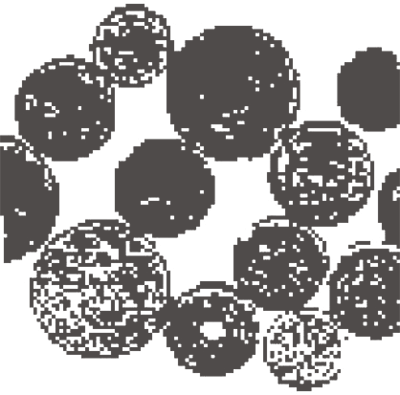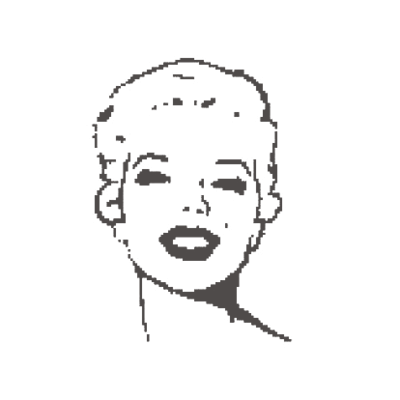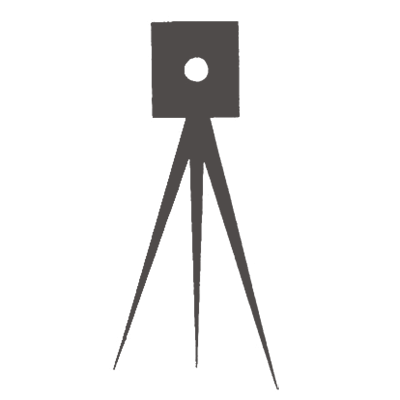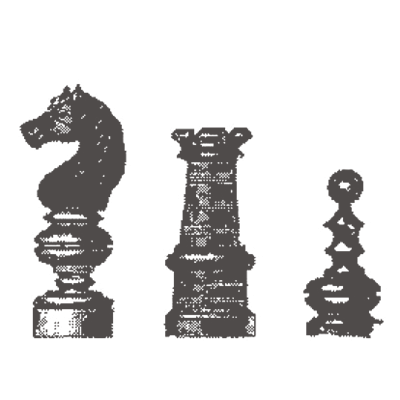The Domestos bottle: Registration of three-dimensional trademarks
Recent case law from Poland and the EU shows that it is tough to gain protection for a 3D trademark in the form of the shape of a product. Maintaining the protection of such a mark may also be a problem.

Troublesome multiple royalties
The award of multiple hypothetical royalties provided for in Poland’s Copyright Act is the subject of numerous debates and various rulings by the Constitutional Tribunal and the Court of Justice of the European Union.

Trademarks and business names: Similarities and differences
In resolving a conflict between a trademark and a business name, what will essentially be decisive is who first used the disputed designation. The true subject of the business will also be relevant.

Can capturing Pokémons put you on the wrong side of the law?
Players hunting for virtual creatures could end up facing real-life civil or even criminal liability.

Licence for an unlimited time in the assessment of the court
Exclusion of the possibility of terminating a licence, although debated by legal commentators, had not been ruled on by the Polish courts until recently. But now a judgment has been issued by the court of appeal inferring from the writings and behaviour of the parties that they concluded a non-exclusive licence agreement for an indefinite period without the possibility of terminating the licence.

Redress of damage from infringement of intellectual property rights
In a judgment issued on 9 June 2016, the Court of Justice ruled on the factors that should be considering when determining the extent of damage and the amount of reasonable compensation for IP infringement. The ruling was issued under Council Regulation (EC) 2100/94 on Community plant variety rights.

Damages for moral losses from infringement of intellectual property rights
A holder of intellectual property rights that have been infringed may demand damages for non-economic loss even when the holder also seeks damages on the basis of hypothetical royalties.

Radical changes in trademark law
The fairly long waiting time for registration of trademarks at the Polish Patent Office often means that instead of seeking protection in Poland, businesses decide to register with the European Union Intellectual Property Office (EUIPO, formerly OHIM). Although much more expensive, proceedings there are generally fast and simple. Major changes have now been made to Poland’s Industrial Property Law with the aim of making the Polish Patent Office more competitive with EUIPO.

Registration of “Poland” trademarks will be easier to obtain
Apart from the recognition of letters of consent, a major change in trademark law already in force is the possibility of registering a mark containing the name Polska or Poland (or the abbreviations RP or PL), or the name of a Polish locality, without the need to obtain the consent of the relevant authorities.

Change in trademark registration system
The second amendment to the Industrial Property Law, which enters into force on 15 April 2016, introduces major changes in the procedure for obtaining protective rights to a trademark—replacing the current examination system with a register system.

Easier to revoke or invalidate a trademark
The amendment of the Industrial Property Law entering into force on 15 April 2016 also introduces major changes in regulations governing the loss of the protective rights to trademarks.

Pentesting of software and intellectual property
Can a controlled attack on a computer system to identify its security weaknesses violate copyright or trade secrets?
